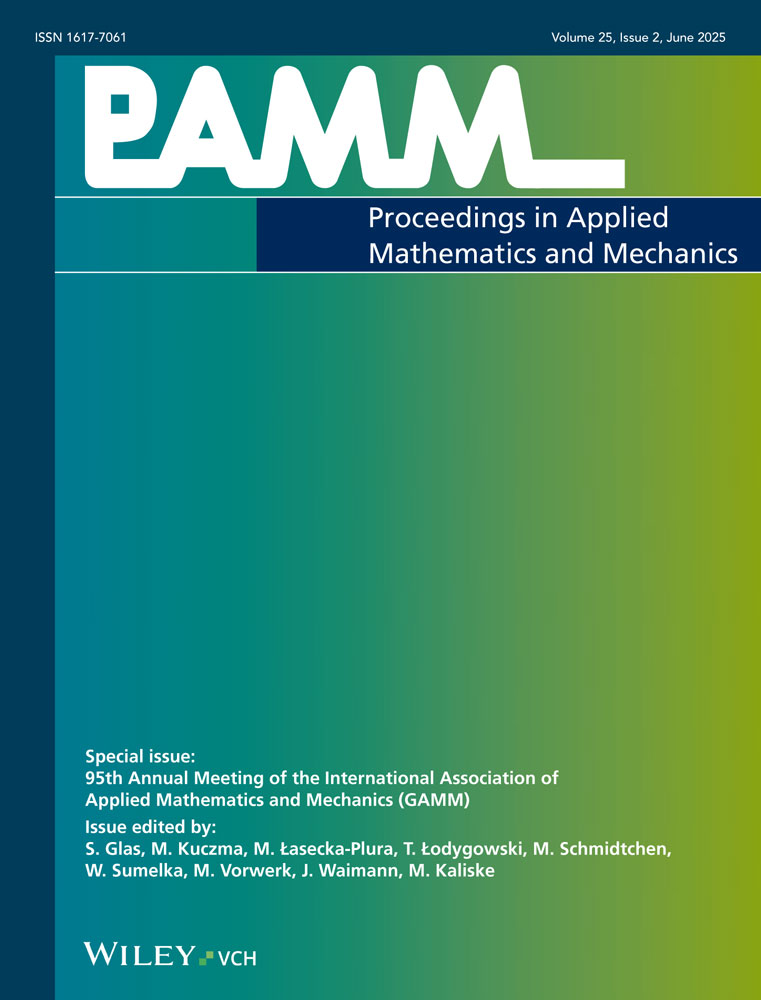Optimal feedback control for constrained mechanical systems
Abstract
An approach to minimize the control costs and ensuring a stable deviation control is the Riccati controller and we want to use it to control constrained dynamical systems (differential algebraic equations of Index 3). To describe their discrete dynamics, a constrained variational integrators [1] is used. Using a discrete version of the Lagrange-d’Alembert principle yields a forced constrained discrete Euler-Lagrange equation in a position-momentum form that depends on the current and future time steps [2]. The desired optimal trajectory (qopt, popt) and according control input uopt is determined solving the discrete mechanics and optimal control (DMOC) algorithm [3] based on the variational integrator. Then, during time stepping of the perturbed system, the discrete Riccati equation yields the optimal deviation control input uR. Adding uopt and uR to the discrete Euler-Lagrange equation causes a structure preserving trajectory as both DMOC and Riccati equations are based on the same variational integrator. Furthermore, coordinate transformations are implemented (minimal, redundant and nullspace) enabling the choice of different coordinates in the feedback loop and in the optimal control problem. (© 2016 Wiley-VCH Verlag GmbH & Co. KGaA, Weinheim)




